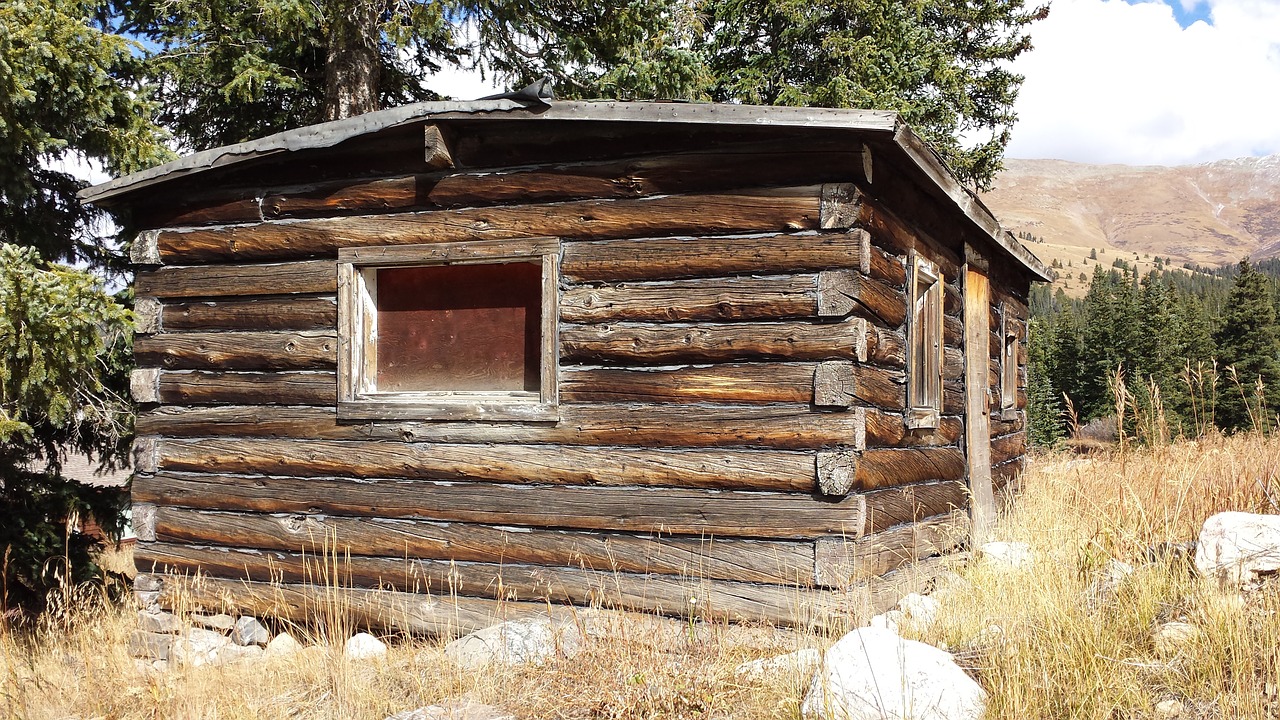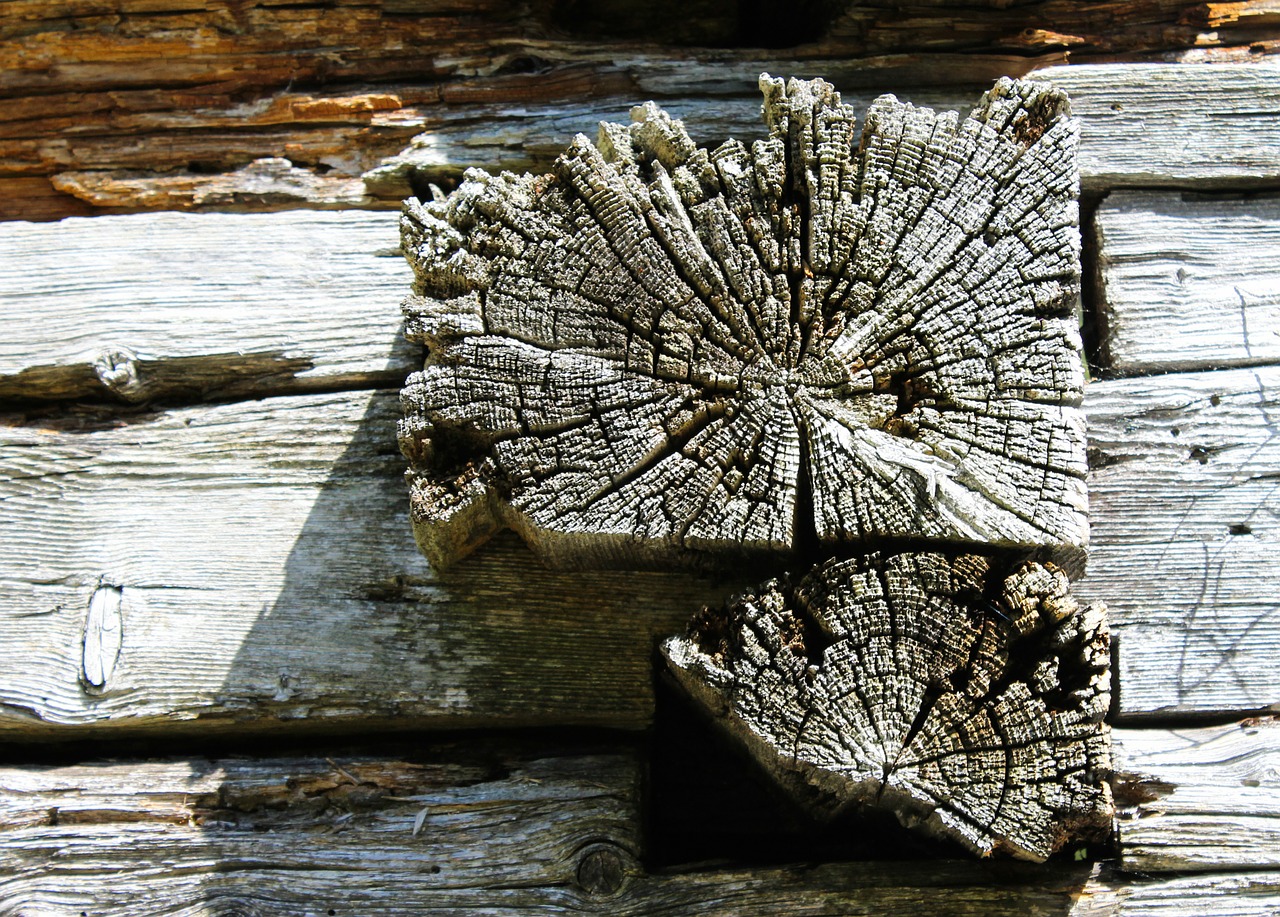
Log cabins have been a popular form of home building for hundreds of years now, and their popularity is just as strong today as ever before. Log cabin homes are not nearly as sophisticated as many modern home building styles, which is why many people like them. The rustic, natural style of building your home goes back to ancient Europe and Scandinavia, and on to early American settlers.
Throughout history, log homes have been an efficient style of home building, since there has always been an abundance of strong, durable wood to use. In the old days, every aspect of building a log cabin was done with simple handsaws, hammers, and other simple hand tools. The process started by cutting down the tree, and then cutting logs from the tree to the proper size of the desired house. Back then, log homes were even made without nails, which is how, and why interlocking logs were created by builders of the time. A good log cabin could easily be built in under a week back then, by a family looking to settle.
Another reason that log homes were so popular in olden times is that it was easy to move them. It could be time consuming, but was worth it to many settlers who needed to relocate for various reasons. Log cabins could be disassembled and moved in pieces to a new destination. This was more common with short moves, because longer moves would take longer than building a new cabin.
Here are some resources on the history of log cabins:
Popular Log Cabin Construction Cuts
 When it comes to log cabins, there are a few different construction types. No log cabin will be the same as another, which is a big part of the appeal for many people. Timber for log cabin construction can be cut in many styles, here are some of them:
When it comes to log cabins, there are a few different construction types. No log cabin will be the same as another, which is a big part of the appeal for many people. Timber for log cabin construction can be cut in many styles, here are some of them:
Square/Rectangular Logs
These are logs that are cut with square or rectangle corners. This will make the corners of the house line up properly, so it is important to have the logs cut to the right length and width that you want your finished cabin to be.
Round Logs
These are round cut logs that have no corners or angles in them. They are held together with long bolts that will go through the logs, which make the main support for the cabin. Some round cut log homes use round logs that have a flat top and bottom, and that style is called double round logs.
Swedish Cope Cut Logs
These are logs that are cut with square or rectangle corners. This will make the corners of the house line up properly, so it is important to have the logs cut to the right length and width that you want your finished cabin to be.
D-Log Cut
A D-log cabin is built with logs that are cut square on one side, and round on the other. This makes it so one side of the cabin can have flat walls whilst the other side has rounded, traditional log style walls.
Handcrafted Logs
A D-log cabin is built with logs that are cut square on one side, and round on the other. This makes it so one side of the cabin can have flat walls whilst the other side has rounded, traditional log style walls.These are logs that are entirely cut by hand so they keep the natural log shape. This style gives the cabins a nice rustic appearance.
Interlocking Corners
If you ever used Lincoln Logs as a kid, then you will know what interlocking corners are. They are logs cut with square notches cut out on the top and bottom of each end of the log. This helps with stability and has a natural, rustic look.
Building a Log Cabin
Building a log cabin takes a lot of time and effort, but when it is finished you will have a gorgeous home and can take pride in your cabin, even if it is built from a kit. There are many people that still prefer to build their cabin homes by hand, just like in the old days. This can be a daunting task, so it is important to learn the proper way to build. This includes choosing the type of wood you want to use, the style of log cut that you want to use for the build, and even how you plan on insulating your home. In old times they used mud and clay to fill in the cracks for some insulation.
Free Log House Build Plans
Getting started on building your first log cabin can be overwhelming. But luckily, there are many places that you can find free plans online.
Credit: Information taken from Garden Buildings Direct.